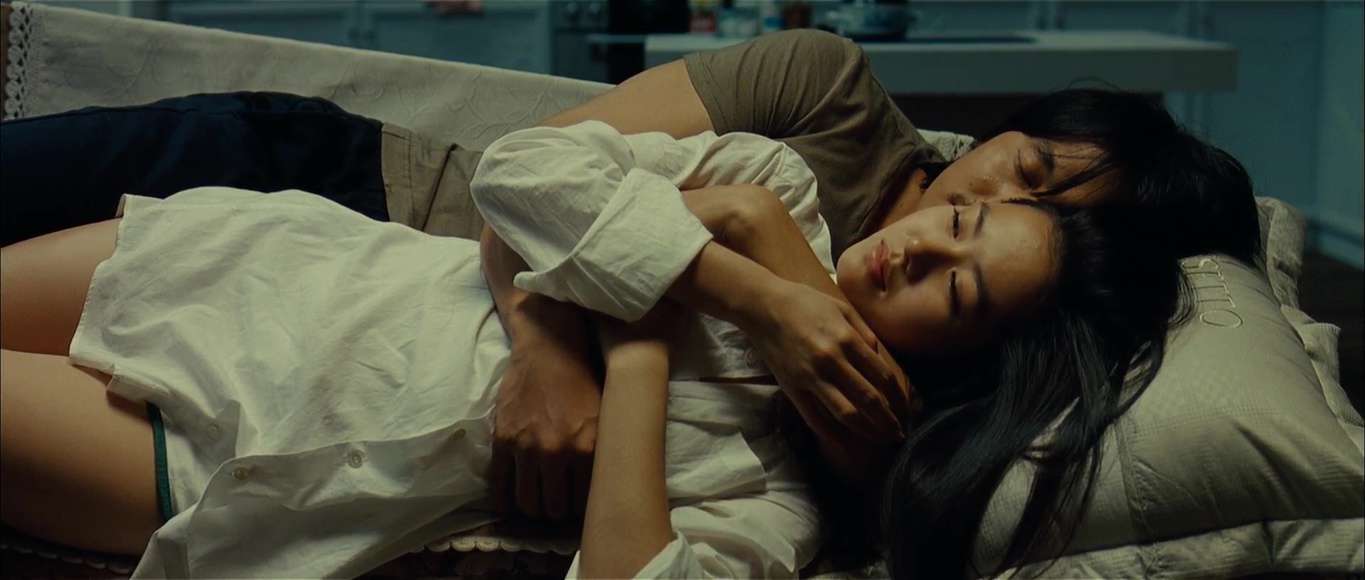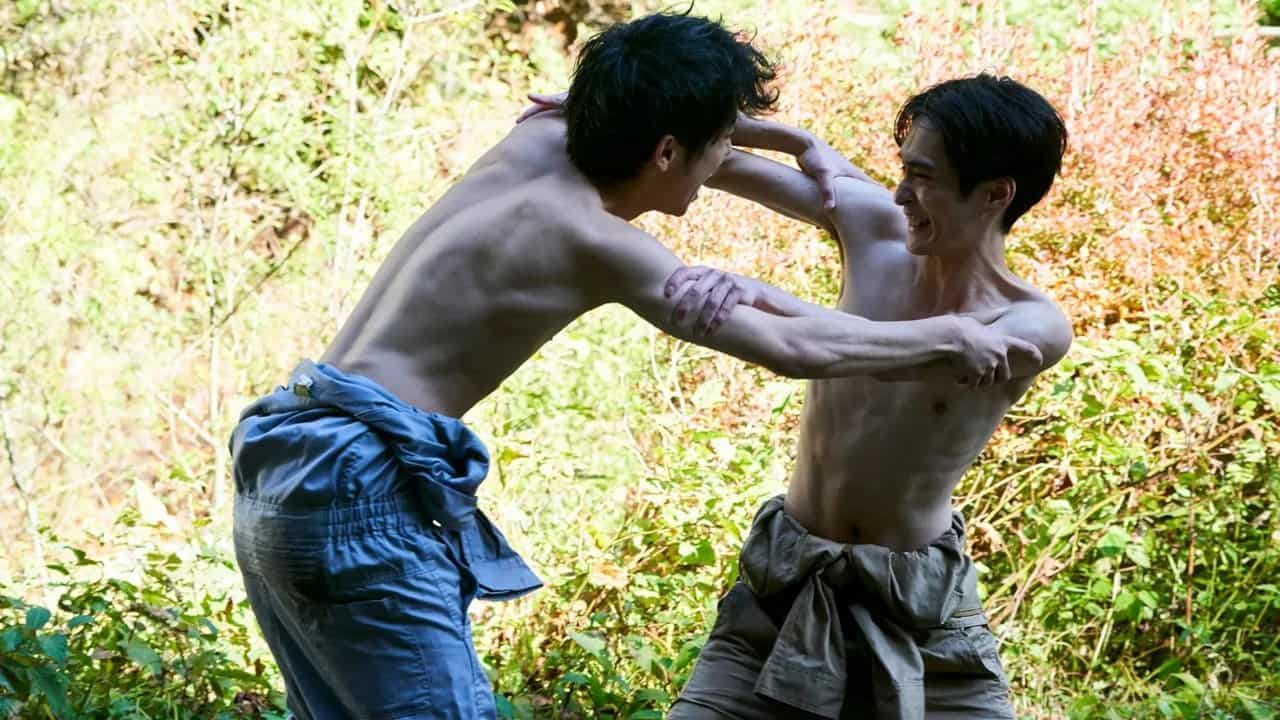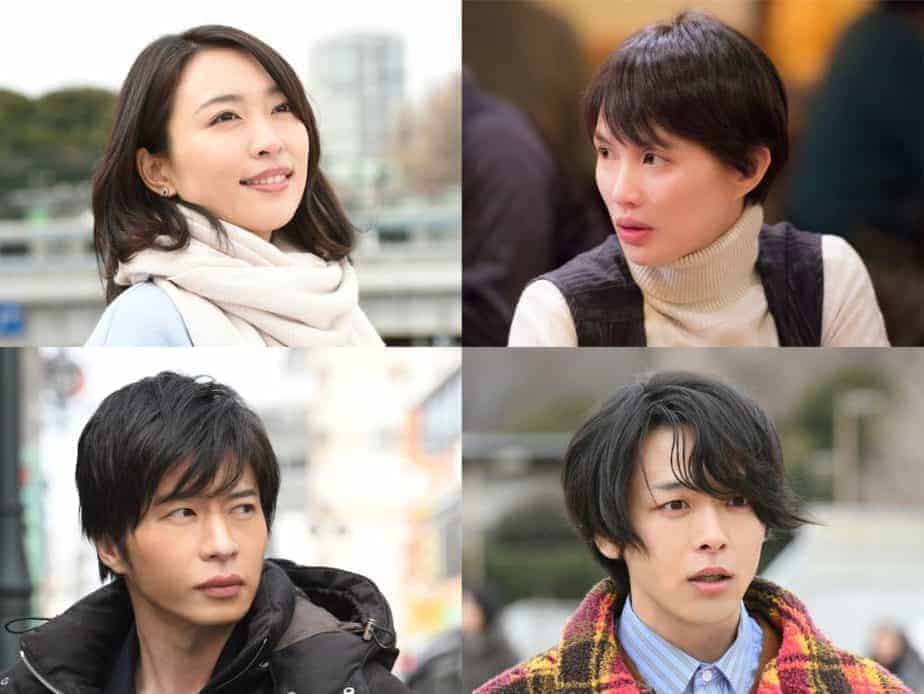It is always a pleasure when a director manages to blend a particular genre, or even elements of many genres, with themes of spirituality, destiny and questions about how much of our lives is perhaps pre-determined. Thankfully, Japanese director SABU has the talent and wit to get away with an otherwise quite risky mixture, resulting in entertaining features such as “Dangan Runner”, “Monday” and his last feature “Jam”, which also screened at last year's Nippon Connection. Therefore it should come with no surprise to see the director continue his unique take on genre conventions and narration in his feature “Dancing Mary”, which combines elements of romance, drama and horror while also delving into themes such like self-determination, all of which spiced with the obligatory deadpan, black humor that has also become an ingredient in his works.
“Dancing Mary” is screening at Nippon Connection 2020
After several attempts at demolishing an old dance hall have been unsuccessful due to the building being haunted, civil servant Kenji (NAOTO) is given the task to supervise the demolition by his superiors. Visibly overwhelmed with his new work, he employs the service of several mediums to drive away the ghost, all of which also prove to be unsuccessful, until he arrives at the doorstep of a young woman who is able to connect to the world of the dead. Even more so, upon touching her hand, Kenji finds out he is also allowed to enter the hereafter, the world of ghosts which eventually lets him see the ghost of the dance hall, a girl named Mary.
Unable to drive her away, the young woman is at least able to make out why the ghost is there: she is waiting for her long lost boyfriend to return to her, a young man named Johnny. While Kenji and the medium attempt to find traces of Johnny's whereabouts, Kenji's employers have finally decided to speed up the process of demolition and have made a deal with the local brand of yakuza to guarantee the building will disappear soon.
At its core, SABU's films and their themes reveal him to be a romantic at heart, sometimes bordering on being a bit too corny perhaps. In “Dancing Mary” it does not take too long to arrive at the thematic core of the film, when Kenji meets two women in a hospital, both suffering from cancer and laughing at the seriousness of the young man, how his inability to leave his comfort zone hinders him from fulfilling his purpose, as they say. In that regard, Kenji is in many ways a descendant from the protagonists played by Shinichi Tsutsumi in “Monday”, “Drive” or “Unlucky Monkey”. Quite content with their role as a quiet underling fulfilling their bosses wishes, their spiritual emptiness is the source of their dilemma and often downfall. However, in the case of Kenji it is also a possibility to not only find aforementioned purpose, but also live life more fully and become more self-aware.
Possibly the most interesting feature, visually and narratively, is how SABU and cinematographer Hiroo Yanagida implement the world of the hereafter into the action. Unaware of this spiritual dimension and quite afraid of it, his bond to the young medium enables Kenji to see this world, a transition from a colored to a black-and-white-world looking gloomy and desolate. The ghosts, unaware of being undead, go about now meaningless tasks and routines, with their individual suffering being a permanent condition now. Perhaps the most shocking image is a line of people, all of which workers, jumping from the rooftop of a skyscraper. Apart from being interesting from a purely visual standpoint, this “second layer” to reality emphasizes the spirituality of life, how being without a purpose may resemble being dead (or undead) to some extent.
“Dancing Mary” is an entertaining blend of horror and drama exploring themes like spirituality and determinism. Within SABU's body of work, this may not be the most unique take on these issues, but it is certainly another piece of evidence of the director's imaginative ways of telling a story, one which hints at the spiritual emptiness of today's world.















